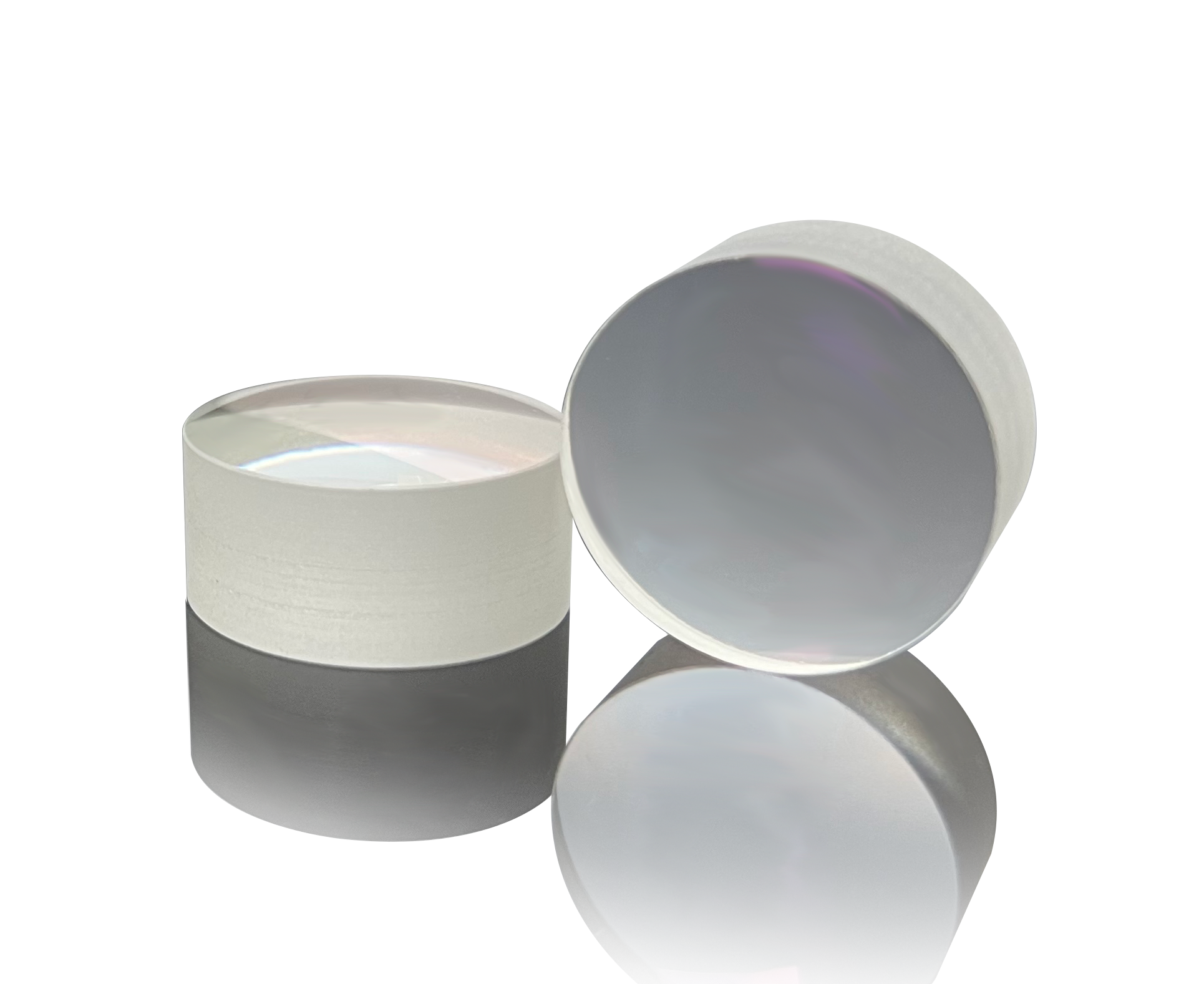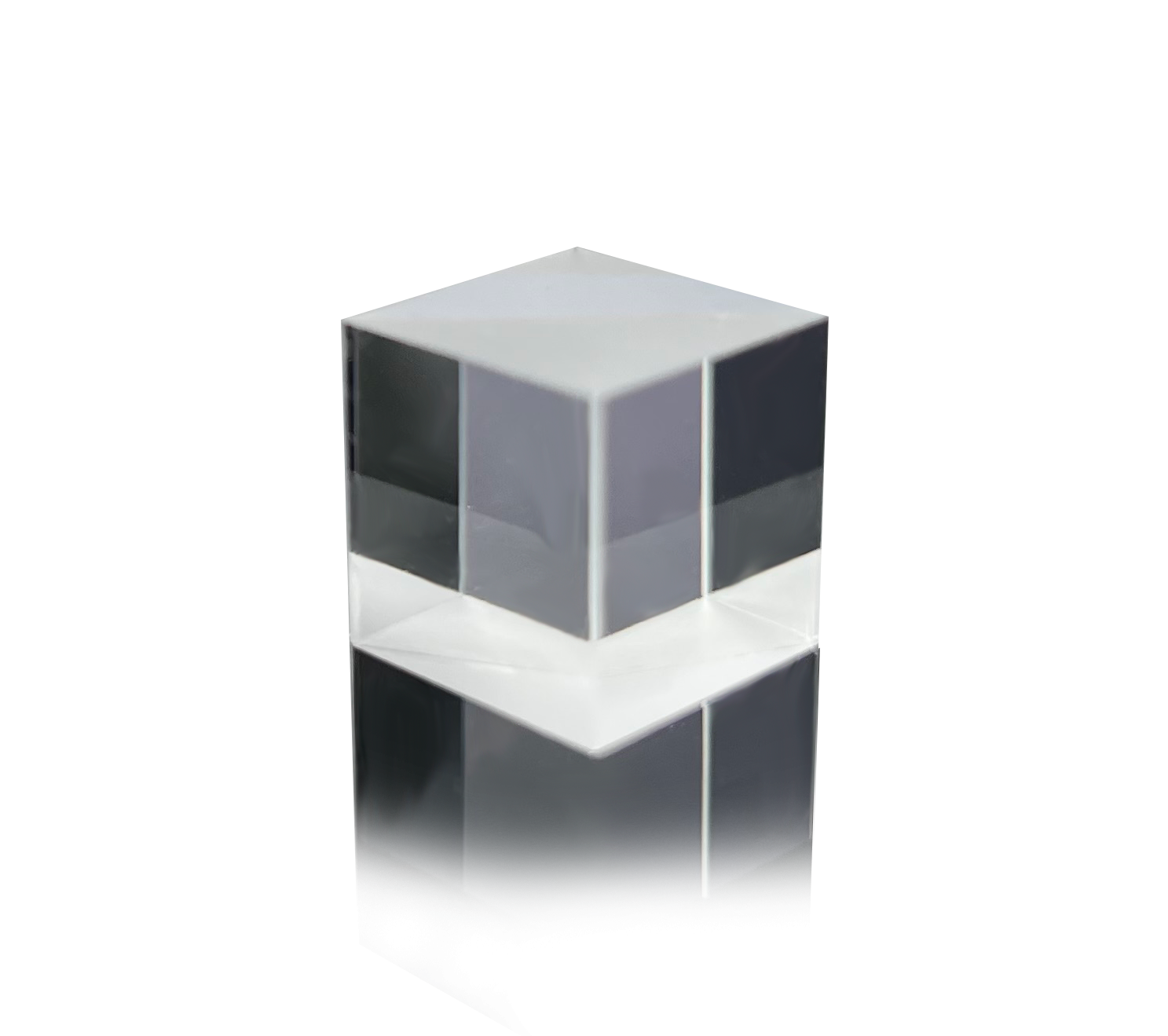The role of lens in the optical system is: aggregation, collimation, imaging, lens generally requires coating anti-reflective film to reduce the mirror surface reflection, so as to reduce the loss of light energy, imaging more clearly.
Optical lens is an optical element made of transparent materials (such as glass, crystal, etc.), which affects the wavefront curvature of light. It is a device that can focus or scatter light, creating a real or virtual image. Widely used in security, car wear, digital camera, laser, optical instruments and other fields.
Including fused quartz, calcium fluoride, magnesium fluoride, silicon, germanium, zinc selenide and other information, including a variety of general colorless optical glass; And all kinds of planar convex lens, double convex lens, planar concave lens, double concave lens, superhemispheric lens, spherical lens, meniscus lens, cylindrical lens, bar lens, glue lens and so on.
Imaging rules for lenses and convex lenses
1. The lens with a lens symbol to indicate (both ends of a line has two V sign), draw the main optical axis, marked optical center, focus on the basis of the lens to two of three special light refraction of light (usually made of light heart light and parallel to the main
optical axis of the light is better) of the intersection points, can get into the lens like features (such as the true and false, intrusive, is inverted, etc.).
- In lens imaging, all the light rays on the lens announced by each point on the object are imaging in the same direction, blocking a part of it does not affect the imaging of other light rays hitting the lens, so the intact image can still be seen, but because the light rays on the image are reduced, the brightness of the image on the screen will be dimmed.
- Convex lens imaging rule: one of the requirements for forming real images of convex lenses is met
- Conjugate imaging refers to the fact that the size of object distance and image distance can be exchanged. In two cases, the inverted vertical image can be enlarged and reduced respectively.
- If you look at a wall clock outside the double focal length through a convex lens, the image of the second hand still rolls clockwise, because at this time, an inverted and vertical real image is still in the normal direction when viewed backwards, so it still rolls clockwise.
Lens with a lens symbol to indicate (both ends of a line has two V sign), draw the main optical axis, marked optical center, focus on the basis of the lens to two of three special light refraction of light (usually made of light heart light and parallel to the main axis of the light is better) of the intersection points, can get into the lens like features (such as the true and false, intrusive, is inverted, etc.).




